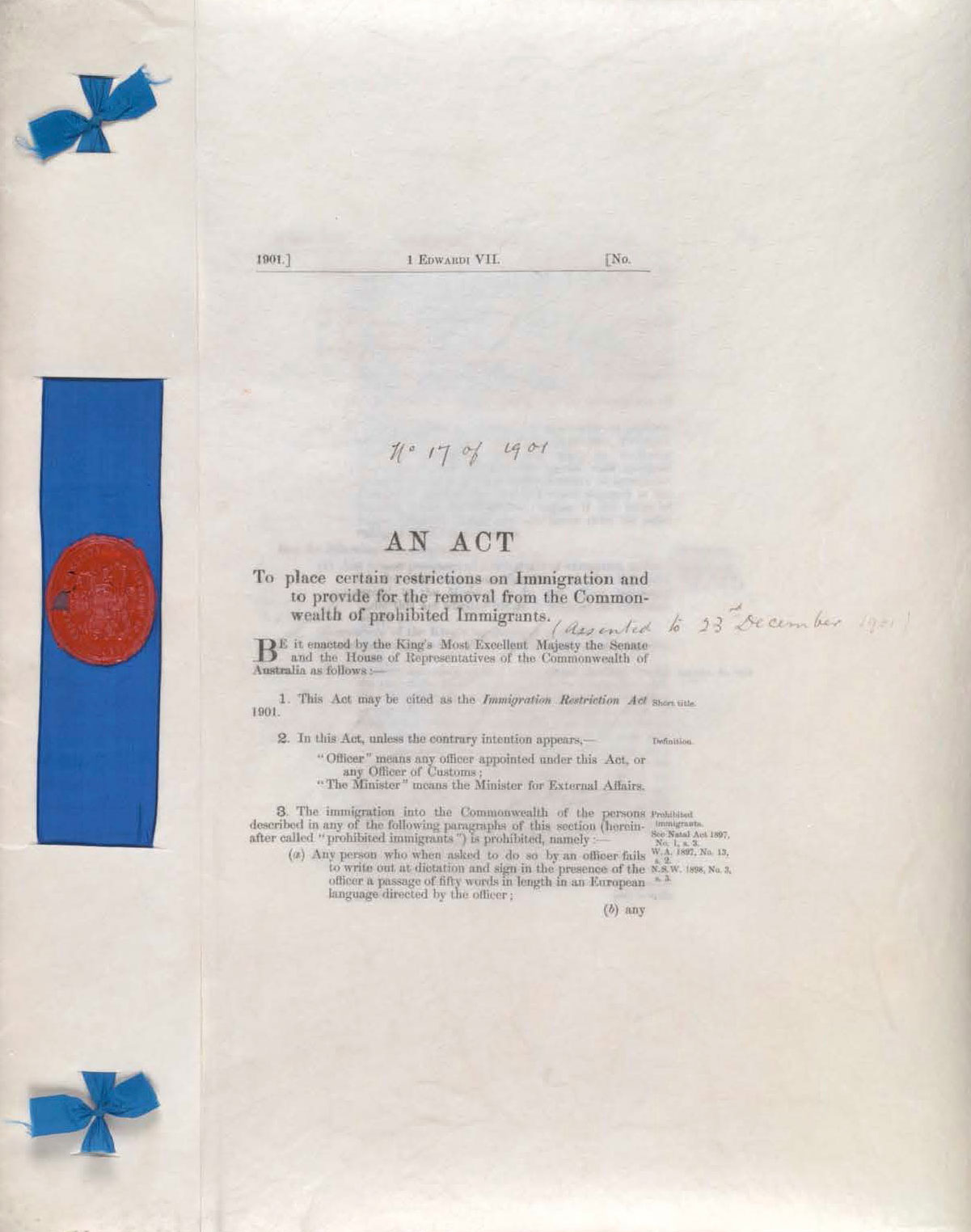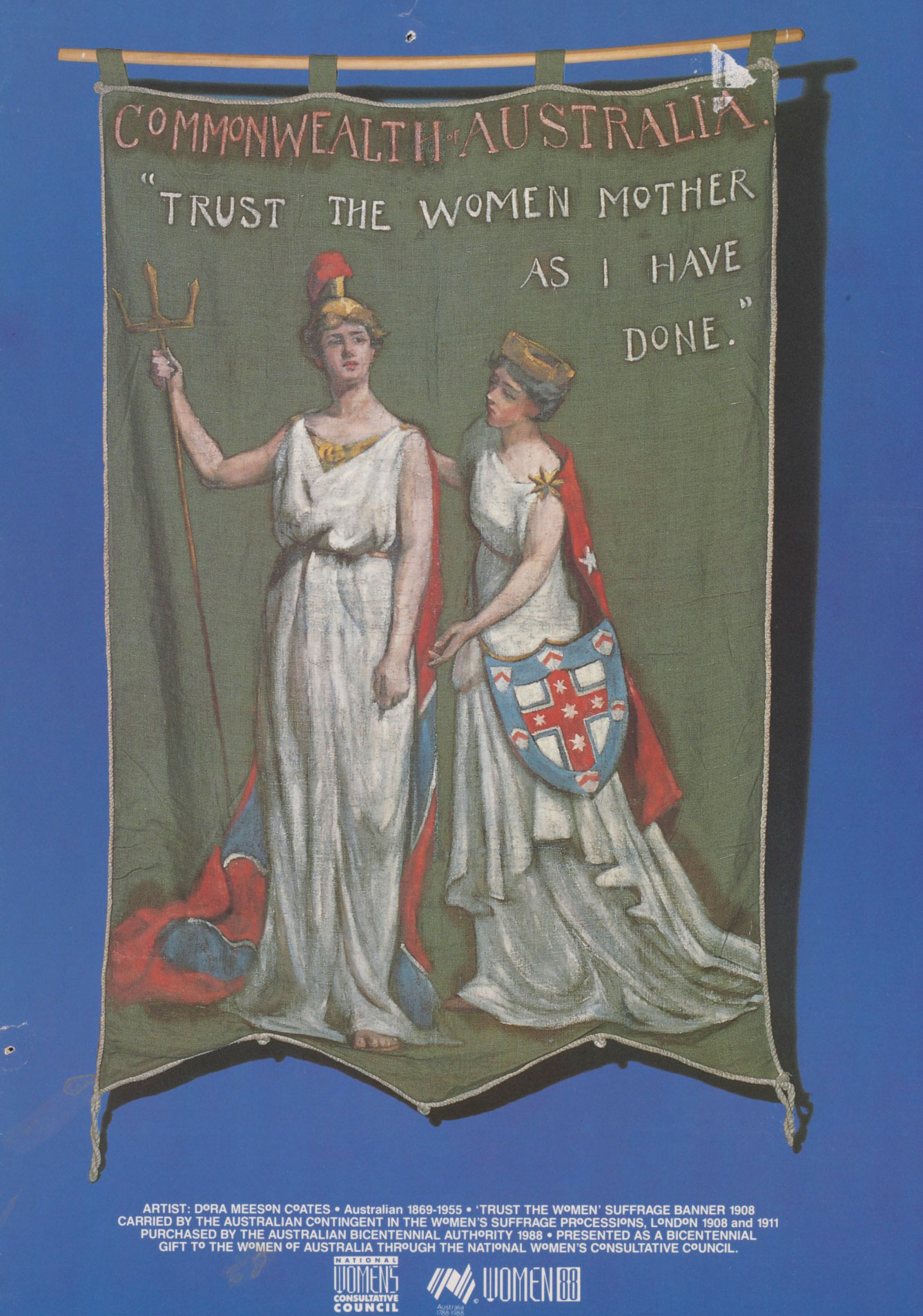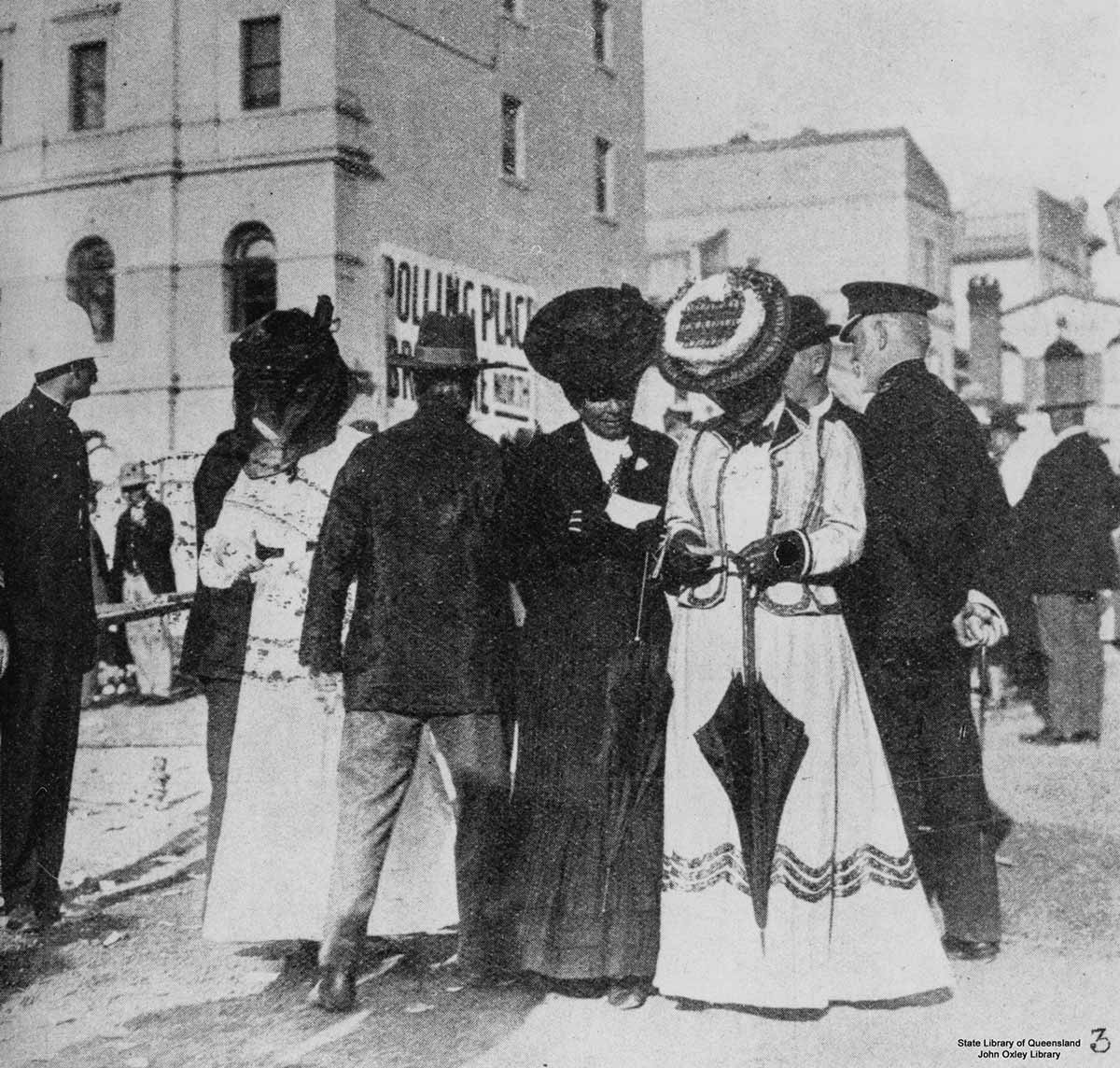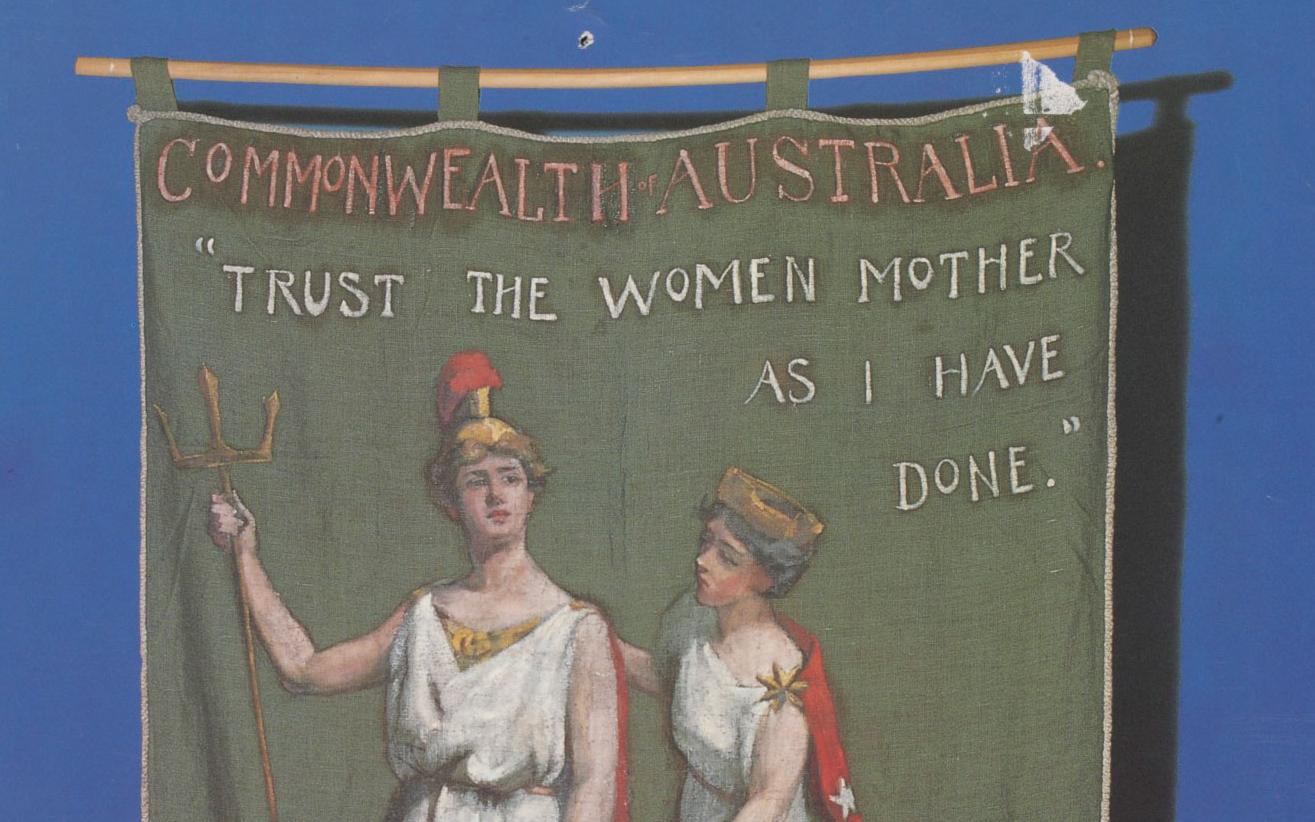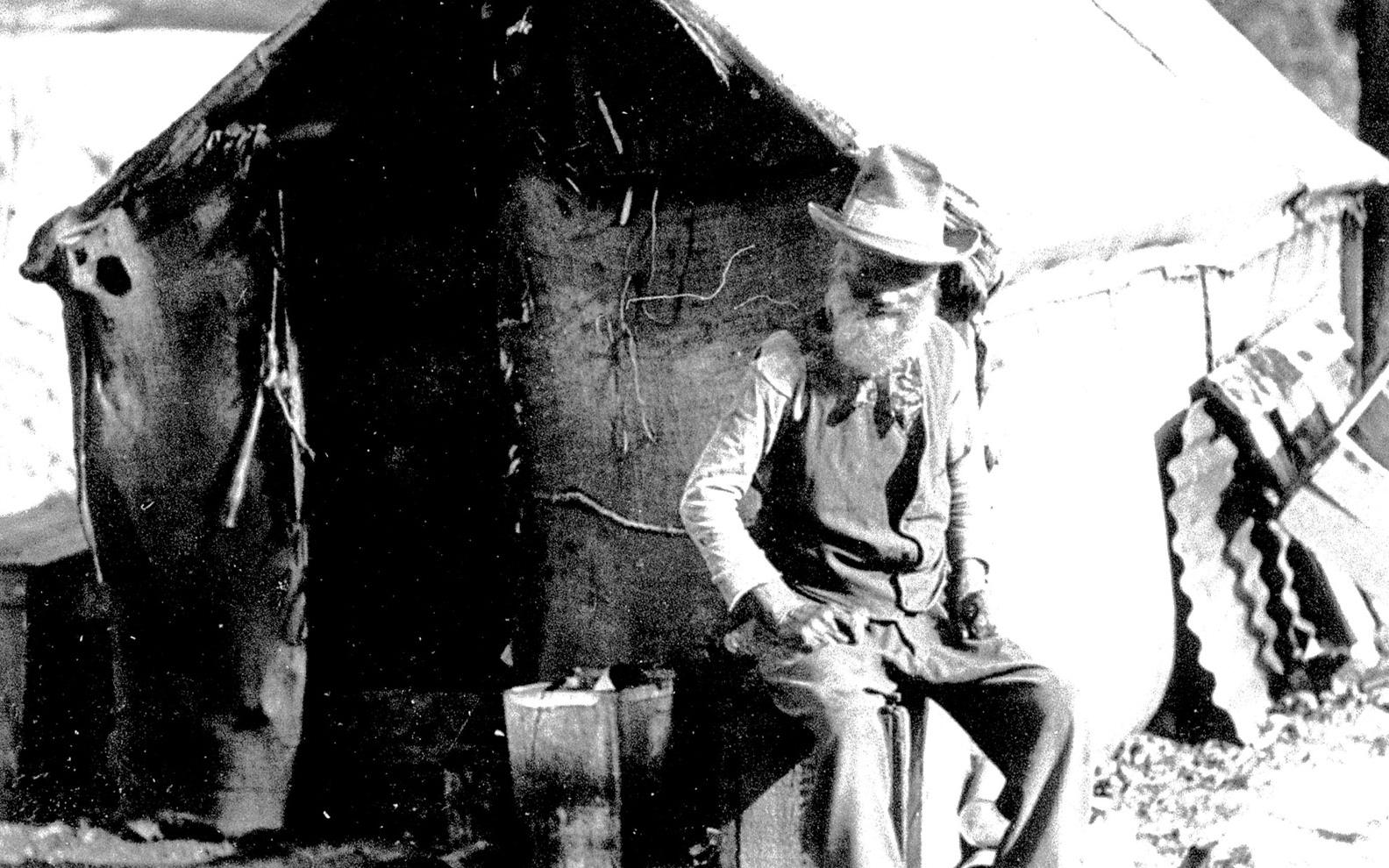Learning module:
Making a nation Defining Moments, 1750–1901
Investigation 5: Making laws to make a difference?
5.4 1907 A fair and reasonable wage? The ‘Harvester Judgement’
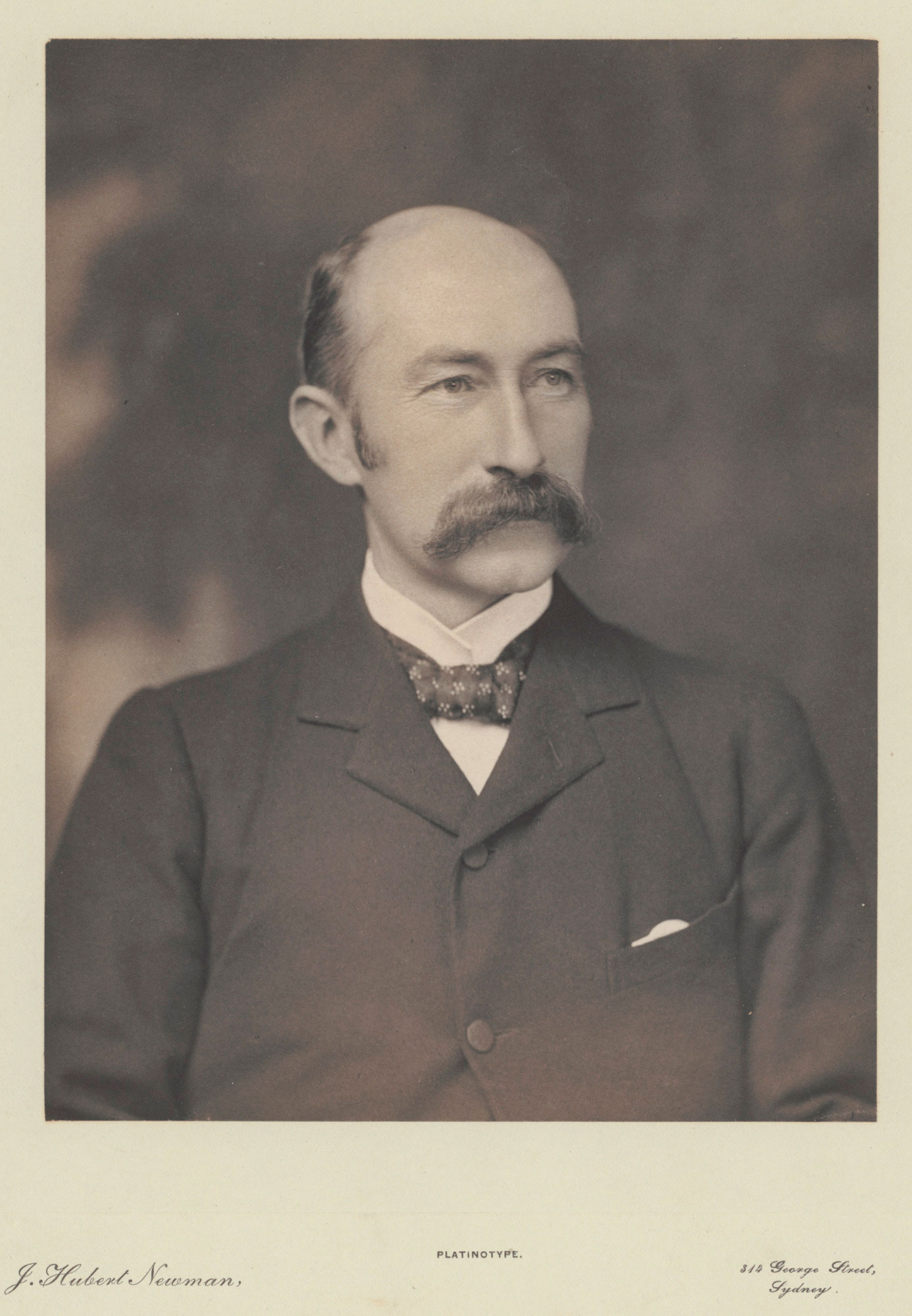
In 1907 Justice Higgins of the Commonwealth Court of Conciliation and Arbitration had to make a decision: how much does it cost for a working man and his family to live in Australia?
That decision would set a minimum wage for all Australian workers.
But what if an industry could not pay that amount? And what if the decision was one that could not have been properly made under the Australian Constitution?
1. What was the purpose of the Conciliation and Arbitration Court?
2. The Court was called on in 1907 to hear a case involving the Sunshine Harvester Company. How was it an important company?
3. In 1906 the Commonwealth had created an excise tariff, or a tax on exported goods. That tax was removed if the manufacturer paid a fair wage to workers. How would this help employers? How would it help workers?
4. Hugh McKay, head of the Sunshine works, was refused the exemption from the tax. Why?
5. What did Justice Higgins of the Court have to decide?
6. What evidence did Justice Higgins hear?
7. What decision did he come to?
8. How did Justice Higgins define a ‘fair and reasonable’ wage?
9. What was McKay’s reaction?
10. What did the High Court decide about the Harvester decision?
11. Despite this, what happened to the principle embodied in the decision?
12. There is no mention of women in the ‘Harvester Judgement’. Were they excluded, and if so, why do you think that might have been?
13. What does this event help you understand about the development of social welfare in Australia?
14. Why was this Defining Moment so significant in Australian history?
15. If you were advising the National Museum of Australia on an object that it could display to tell the story of this event, what would you suggest? (You can see what objects they actually have using the National Museum of Australia collections search)







